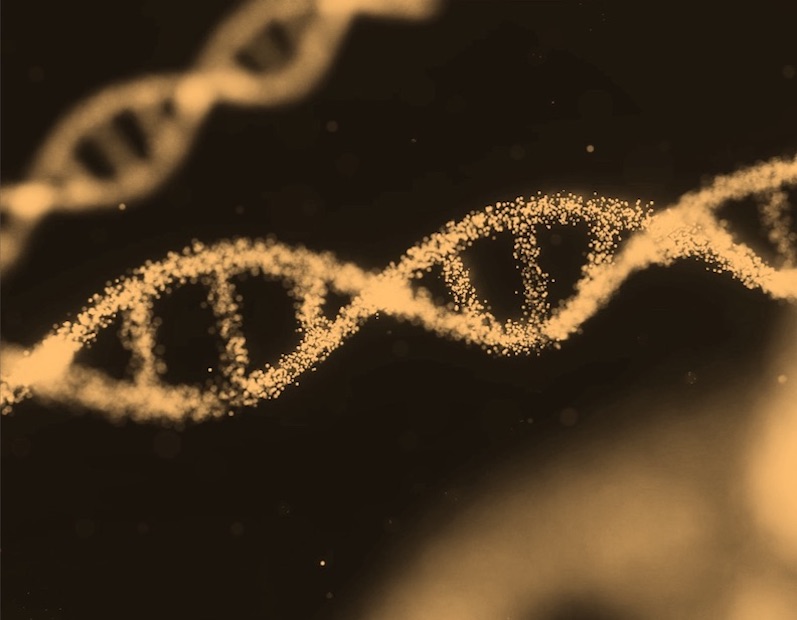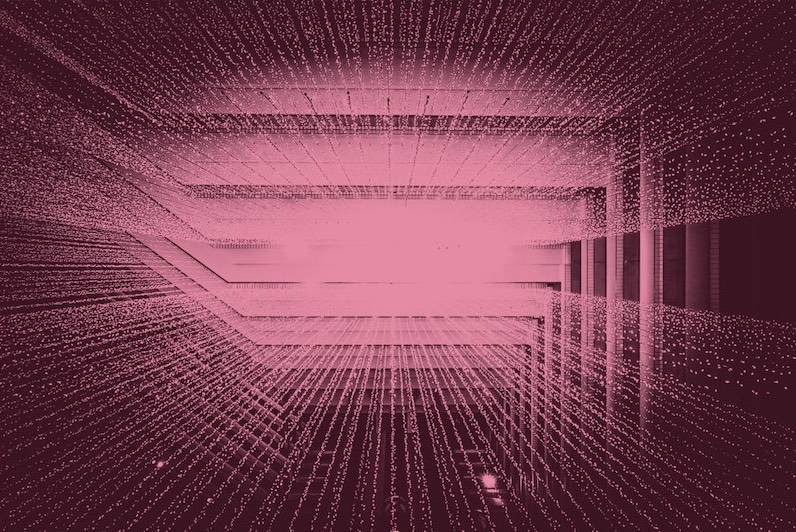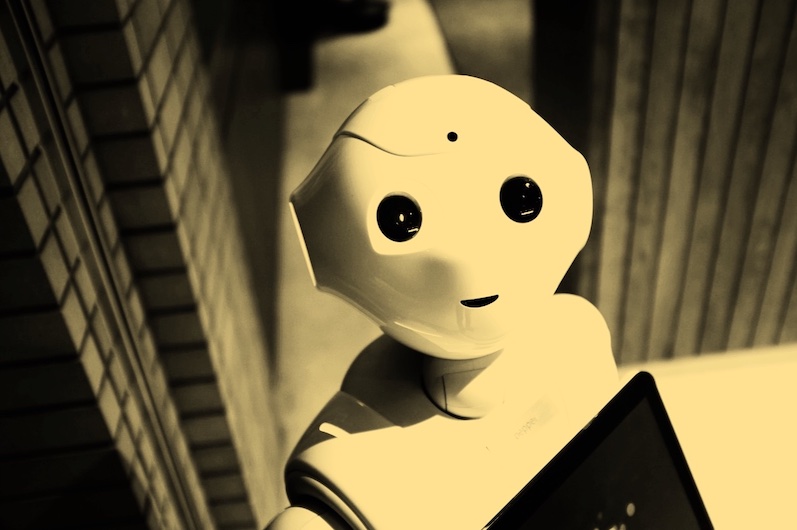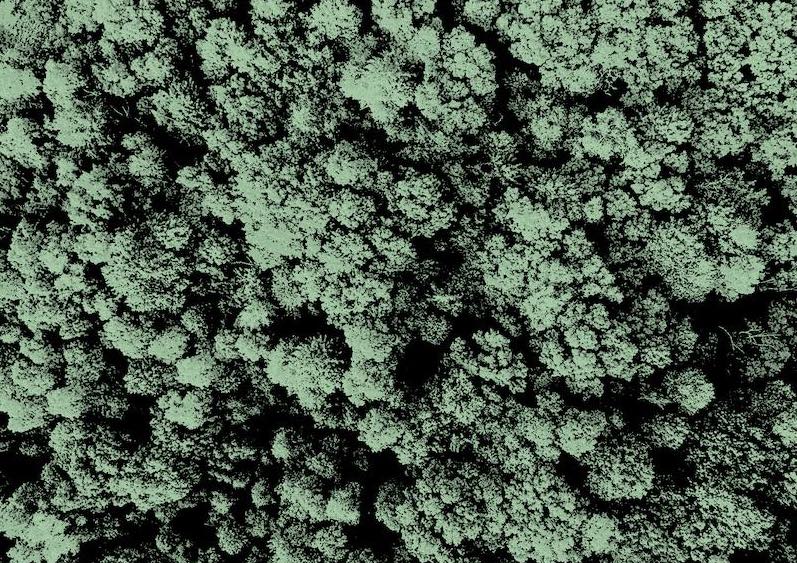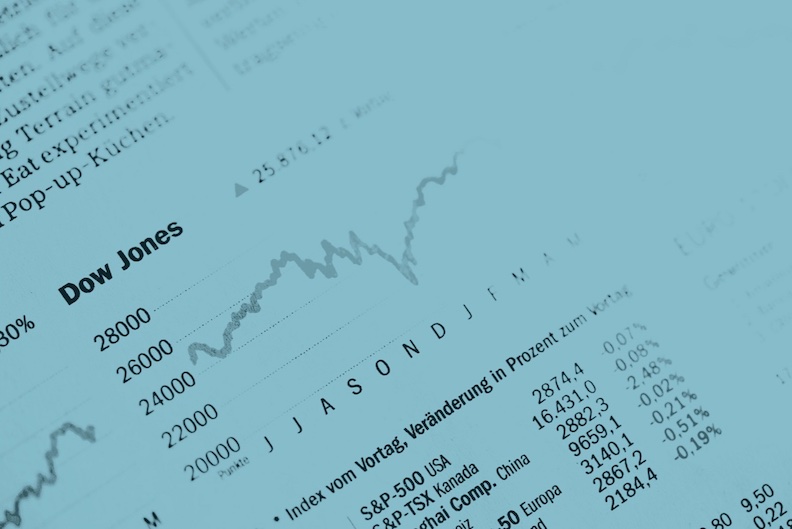What is it about?
We have developed a new model showing that shock waves in space can naturally boost electrons to very high energies. These shock waves occur in many environments, such as around supernovas, stars, and planets. By combining satellite measurements with modern theories, we found that electrons starting with only modest energy can be rapidly accelerated when they interact with waves in space. This process happens under normal solar wind conditions, especially when the wind is fast, and does not need any special triggers. The discovery helps explain puzzling observations of high-energy electrons near Earth and offers new insight into the origins of cosmic rays. The model is based on fundamental plasma processes and could apply to many different cosmic environments.
Featured Image

Photo by Aldebaran S on Unsplash
Why is it important?
The physical processes that accelerate the electrons are fundamental and occur throughout the Universe making our model applicable to other planets in our solar system and even to exoplanets around distant stars. In these exotic environments, the unique conditions could allow electrons to reach even higher energies than what we observe near Earth. By studying our own space environment, we proposed a framework of electron acceleration that addresses the long-lasting and persistent question of "How can energetic (relativistic) electrons form at planetary collisionless shocks?". Apart from addressing this fundamental question, our work also addresses practical concerns related to space weather, as energetic electrons can significantly impact satellite operations, communication systems, and power grids at Earth.
Perspectives
Most of our research focuses on either small-scale effects, like wave-particle interactions, or large-scale properties, like the influence of solar wind. However, as we demonstrated in this work, by combining phenomena across different scales, we were able to observe their interplay that ultimately energize particles in space.
Savvas Raptis
Johns Hopkins University Applied Physics Laboratory
Read the Original
This page is a summary of: Revealing an unexpectedly low electron injection threshold via reinforced shock acceleration, Nature Communications, January 2025, Springer Science + Business Media,
DOI: 10.1038/s41467-024-55641-9.
You can read the full text:
Resources
Contributors
The following have contributed to this page

